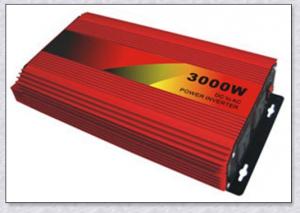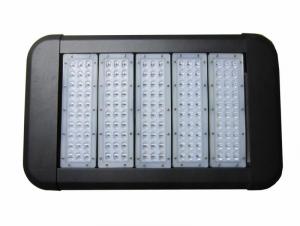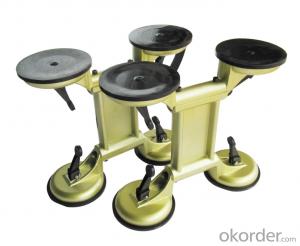Solar Edge Inverter Warranty
Solar Edge Inverter Warranty Related Searches
Ac Inverter For Solar Panels Solar Panel With Ac Inverter Gas Furnace With Ac Panda Hot Water Bottle Cover Minion Hot Water Bottle Cover Abb Solar Water Pump Inverter Solar Water Pump Philippines Extra Long Hot Water Bottle Solar Panel Dc To Ac Inverter Old Fashioned Hot Water BottleHot Searches
Solar Edge Inverter For Sale Fiberglass Scaffolding For Sale Fiberglass Panels For Sale Fiberglass Greenhouses For Sale Type Of Scaffolding With Pdf Solar Inverter With 2 Battery Pedestal Fan With Water Spray Price Mini Inverter With Battery Online Shopping Solar Edge Inverter Price Ceiling Fan Lowest Price Solar Edge Inverter Sizes Type Of Inverter For Solar Types Of Inverter For Solar Used Solar Inverter For Sale Inverter Size For Solar System Solar Edge Inverter For Sale 5kw Solar Inverter For Sale Solar Inverter For Sale Solar Inverter For Battery Solar Inverter For Split AcSolar Edge Inverter Warranty Supplier & Manufacturer from China
Okorder.com is a professional Solar Edge Inverter Warranty supplier & manufacturer, offers integrated one-stop services including real-time quoting and online cargo tracking. We are funded by CNBM Group, a Fortune 500 enterprise and the largest Solar Edge Inverter Warranty firm in China.Hot Products
FAQ
- A solar inverter handles variations in ambient temperature by incorporating temperature compensation mechanisms. These mechanisms allow the inverter to adjust its operation and optimize performance based on the temperature conditions. By monitoring the temperature, the inverter can regulate voltage levels, adjust power outputs, and protect itself from overheating. This ensures that the inverter operates efficiently and reliably under different ambient temperature conditions.
- The role of a maximum power control feature in a solar inverter is to optimize the energy output of the solar panels by constantly tracking the maximum power point (MPP) of the solar array. This feature adjusts the operating conditions of the inverter to ensure that it operates at the highest possible efficiency, maximizing the energy harvested from the solar panels and improving overall system performance.
- The potential risks of fire or explosions from a faulty solar inverter include electrical malfunctions leading to overheating, short circuits, and voltage surges. These issues can cause fires or explosions if not addressed promptly, posing a threat to property and potentially endangering lives. It is crucial to regularly inspect and maintain solar inverters to mitigate these risks and ensure safe operation.
- Yes, there are some fire safety concerns associated with solar inverters. While solar inverters are generally safe and undergo rigorous testing to meet safety standards, there have been rare instances of fires caused by faulty inverters or improper installation. It is crucial to ensure that inverters are installed by qualified professionals following manufacturer guidelines and regularly inspected for any signs of damage or malfunction. Additionally, proper maintenance and monitoring of the inverter system can help mitigate any potential fire risks.
- To calculate the maximum power point voltage for a solar inverter, you need to determine the voltage at which the solar panels produce the maximum power output. This can be done by following the voltage-current (V-I) curve of the solar panels. By measuring the voltage and current at different points on the curve, you can identify the point where the product of voltage and current is the highest, indicating the maximum power point voltage.
- A hybrid solar inverter works by converting the direct current (DC) electricity generated by solar panels into alternating current (AC) electricity that can be used to power appliances and equipment in a home or business. It also has the ability to store excess electricity in batteries for later use. Additionally, it can draw electricity from the grid when solar power is not sufficient, ensuring a continuous power supply. Overall, a hybrid solar inverter maximizes the use of solar energy and provides flexibility in managing electricity consumption.
- Yes, a solar inverter can be used for residential applications. In fact, it is commonly used in residential solar power systems to convert the direct current (DC) generated by solar panels into alternating current (AC) that can be used to power household appliances and electronics.
- Yes, there are specific installation requirements for solar inverters. They need to be installed in a well-ventilated area, away from direct sunlight and extreme temperatures. Additionally, they should be mounted securely on a wall or a rack, with proper clearance for maintenance and airflow. The installation should follow electrical safety guidelines and be performed by a qualified professional.















































